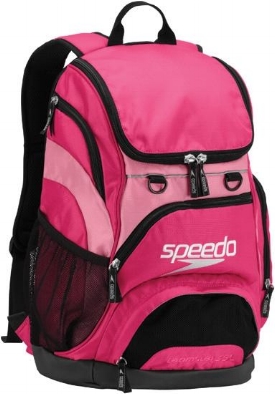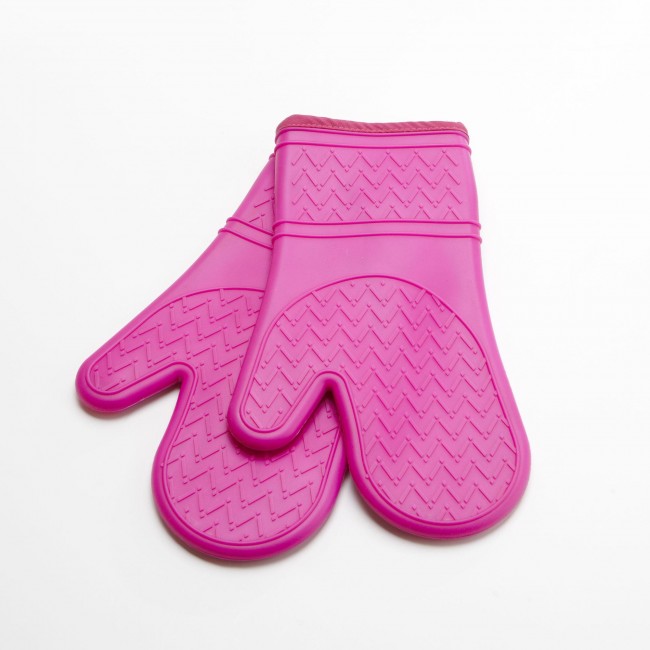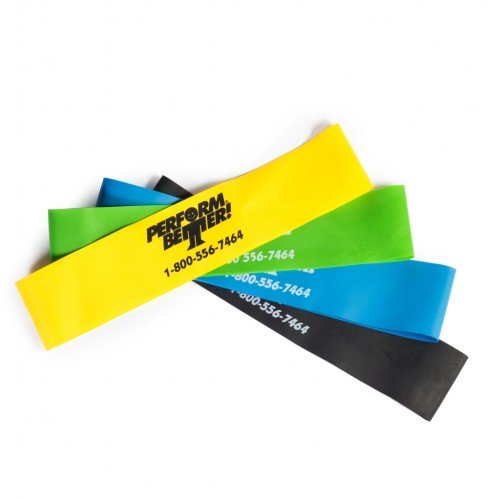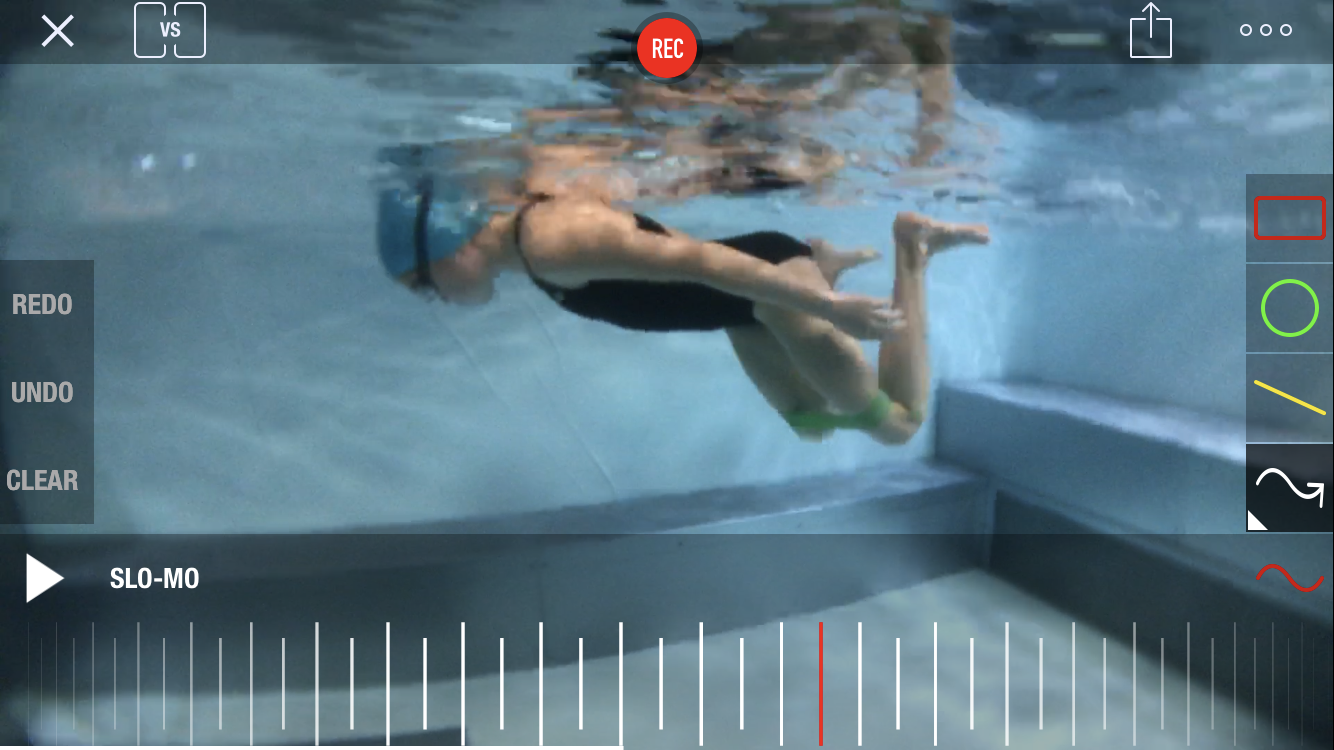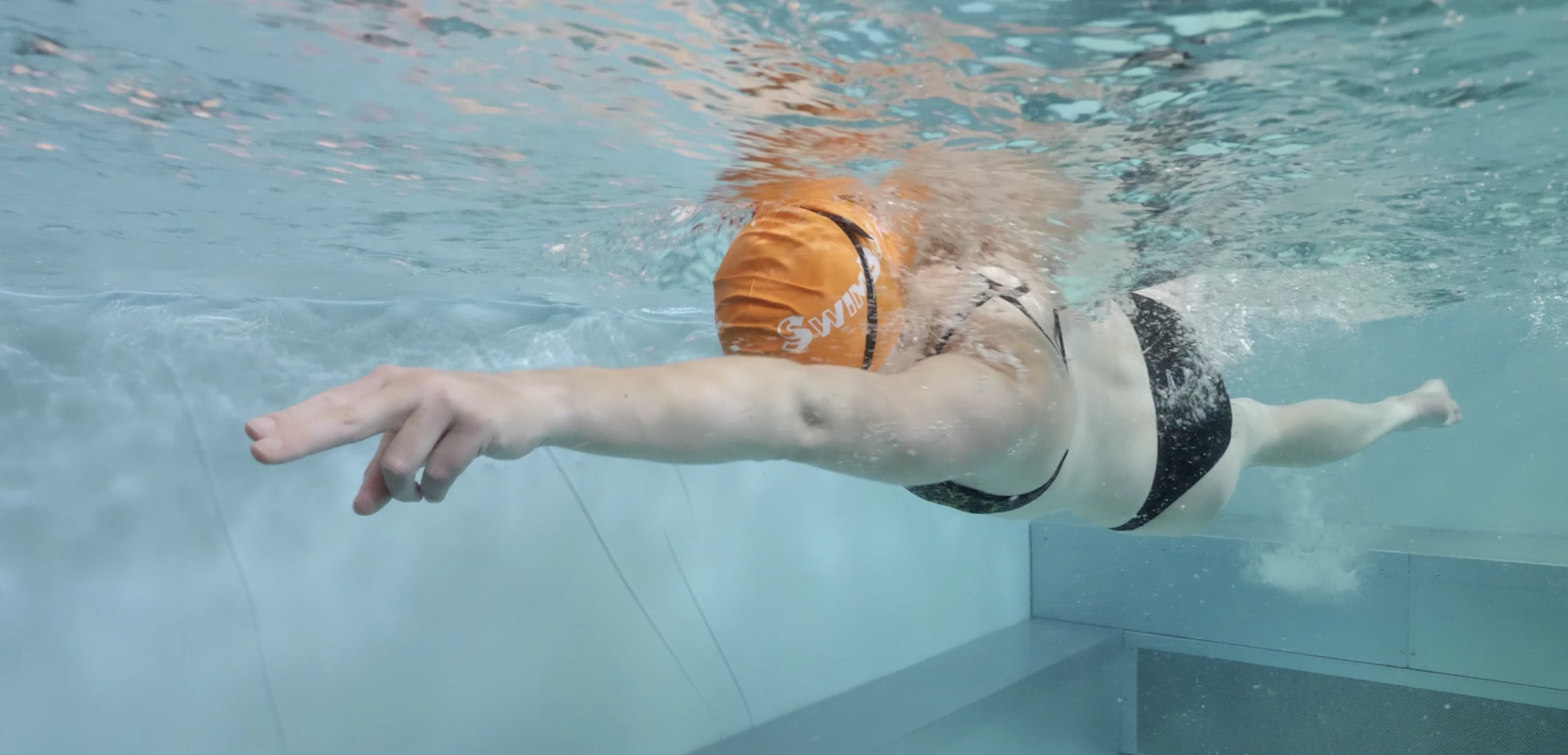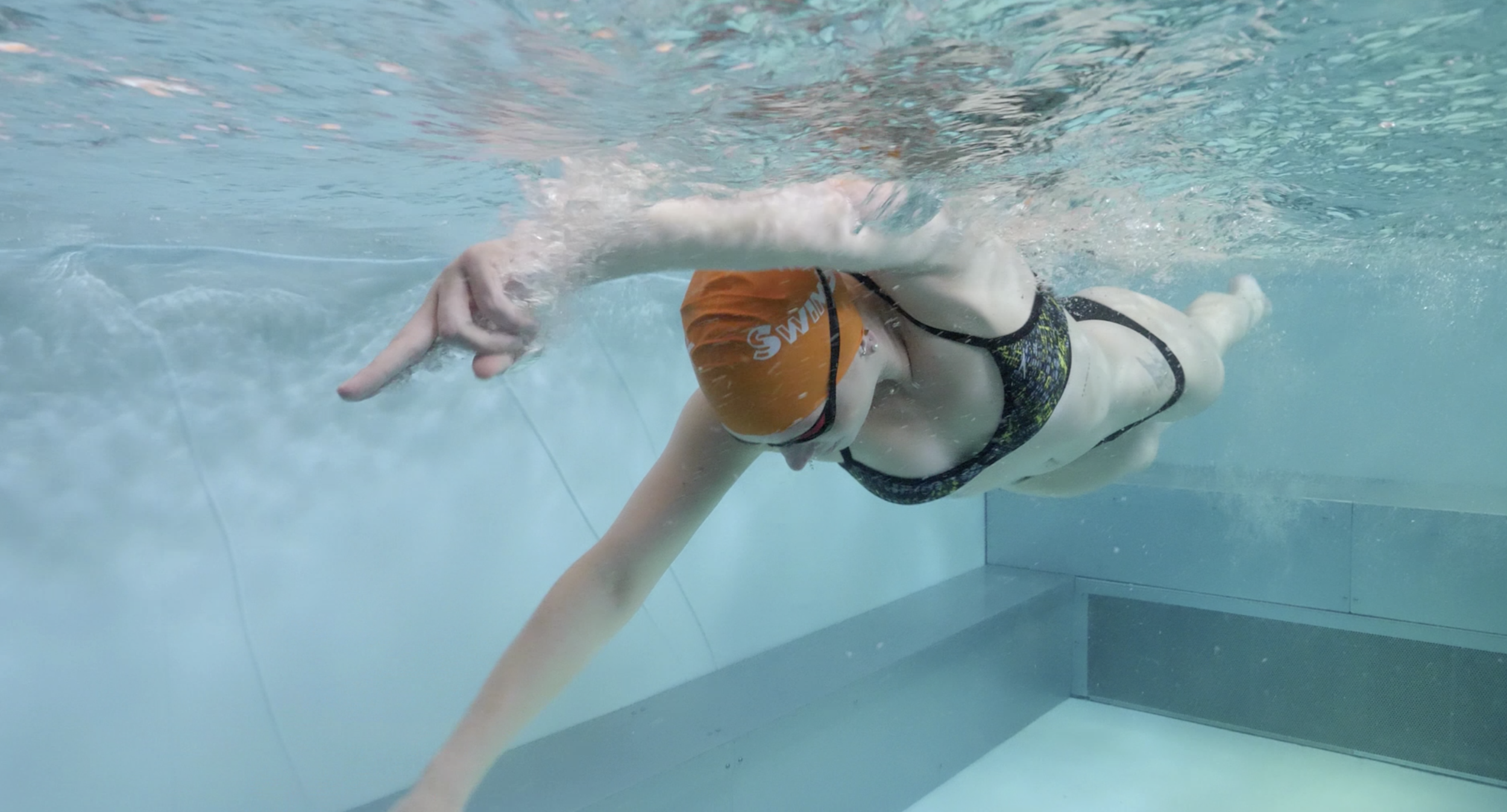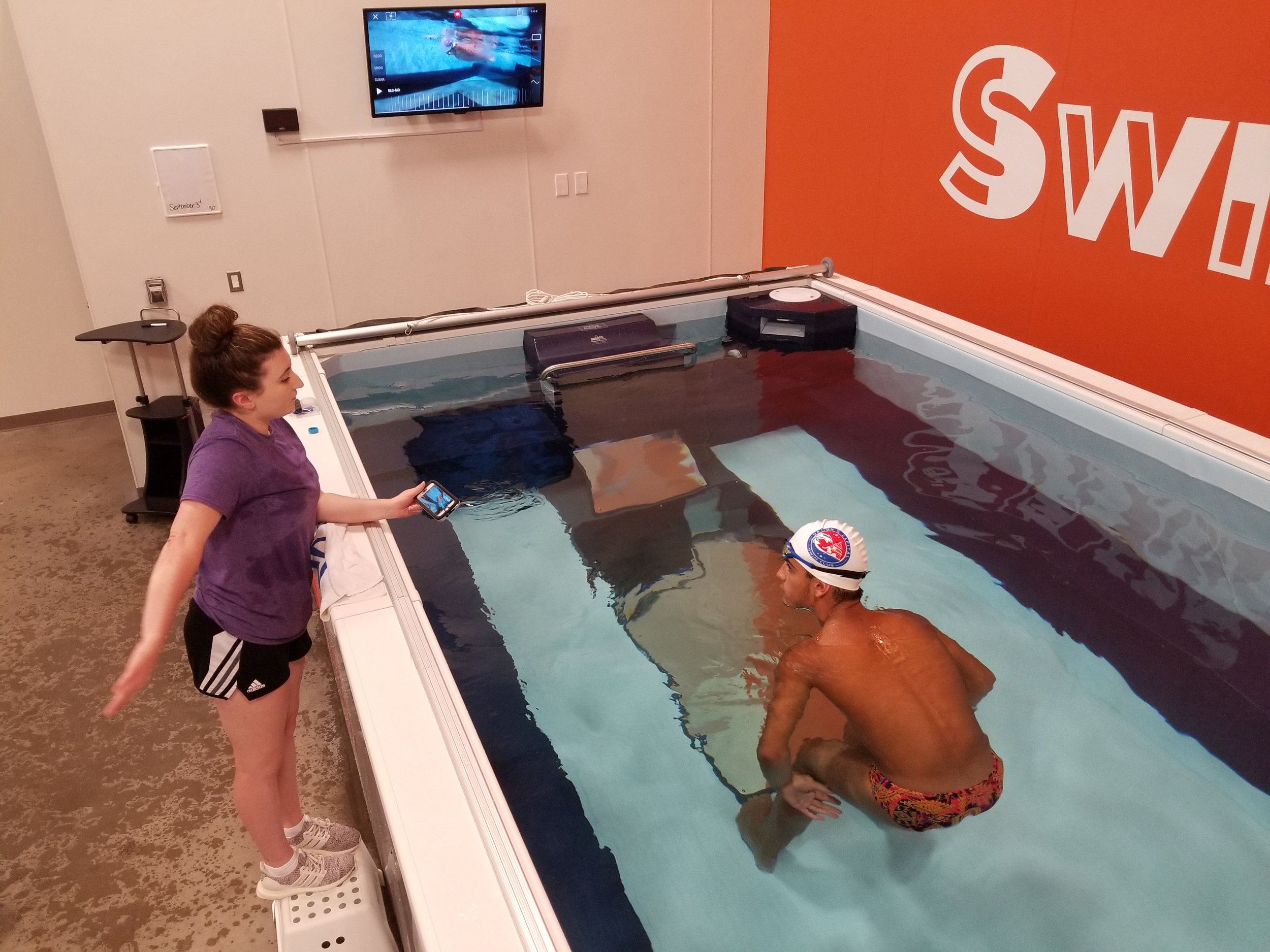It's that time of year again, everyone's favorite Hallmark driven holiday is almost upon us and I, for one, cannot wait to celebrate with an over-priced box of donuts, too many french fries, and sweatpants (hint hint husband). Food related treats aside, there are a lot of people who prefer actual gifts on Valentine's Day (although a surprise donut is a prettyyyy great gift if you ask me…), so I wanted to throw some ideas at you guys that are specifically for swimmers, as well as the staples I've used to get to and from the pool pretty much my entire life. Get ready, there's a pink and red theme ahead...
I know I know, everyone who’s a swimmer has 675489302 water bottles lying around their room and stashed all over their house. But the problem with the water bottles we all get at meets and races and collect over the years? They’re cheap plastic, small, and were FREE. Which, if your’e anything like 12 year old me, means you don’t care about them and leave them behind pretty much everywhere you go. Which brings me to my next pick, this beautiful Camelback Chute Mag 32 oz. Water Bottle. It’s an entire liter, has a huge spout - great for getting a good amount of water when you have very little time on the wall between intervals at practice - and is pretty to boot! Best part? You’ve bought it (or received it as a gift), meaning you’ll be much less likely to just leave it behind when you’re heading into the lockerroom to shower after your workout.
As a younger swimmer, my sense of “getting ready after practice” consisted of throwing my dripping wet hair up into some semblance of a bun and having shoes on my feet, so I would never have thought twice about actually using something like this. But now that I’m a fully formed adult (or so I’m told) I finally see the point and great qualities of this product. SwimSpray is a Vitamin C based product that you use when you shower to eliminate chlorine odor and the dryness it can cause to your skin. Sure, this product adds an additional step to your shower routine, but not everyone likes to smell like chlorine all day when they’re sitting at work, or when they get even a little bit hot in their natural habitat - and what I mean by that is I used to sweat chlorine and everyone around me would think it was just bleach seeping out of my pores…think you don’t have this wonderful quality? Well color me jealous. Anywho, this one’s great for those of us with sensitive skin and hair susceptible to damage!
One thing I always coveted were the backpacks all of my older swimmer friends had when I was little. They have side pockets for caps, goggles, and shampoo, as well as a mesh compartment to put your wet suit in after getting out of the water. There's enough space in the main compartment for shoes and the clothes you want to wear afterwards as well as a towel and any hair dryer/straightener you might need.
The one I use to this day is the Speedo Large Teamster Backpack. It's also great as a carry-on bag for short trips that fits easily in the overhead compartment of airplanes.
This one might seem a bit odd, but I promise you'll be finding uses for it for years to come. I've had mine since I was a freshman in high school and I've never had any issues with it. What I'm talking about is the Finis Tempo Trainer. This tiny little tool sits inside your cap and gives you something to pace yourself off of. Think of it as a cute little metronome (any orchestra buffs out there? Fun fact: I played the violin for 9 years and my metronome became one of my closest friends when I first started). If you don't know what a metronome is it's something that helps you keep a beat. You can set it to whatever interval you like and it will make an audible beep for you to follow along to. The Tempo Trainer is a great tool to help you work on your pace, rotation, kick, timing of your breath, etc. It's a bit pricey for what it does but it's a great product that lasts for years. And no, sadly, it doesn't come in pink.
Back to the pink theme! My next pick is something I actually stole from my diver friends when I was swimming for my summer team as a kid. The Speedo Sports Towel is 12.5 by 16.5 inches and is the most absorbent thing I've ever come across. It's incredibly light and dries quickly as well. This towel is perfect to have at meets, open water events, and triathlons that won't take up too much room in your bag but will get you drier than any beach towel ever could.
Now before you say it I already know what you're thinking, why in the world is a silicone oven mitt listed in a swimmers gift guide? The answer is that this thing saved my life growing up when it came to getting ready for school after swimming every morning. This one's pretty specific and I'm sure isn't for everyone, but a Silicone Oven Mitt was the one thing that kept my hair straightener from burning a hole straight through my bag. I know, like I said, this isn't for everyone. But it was my mom's idea when I was in high school and I still use it to this day. It's also perfect for hair driers!
Last on the list is simple but something every swimmer should have at least one of, if not 2-3. The Speedo Goggle Case is exactly what it says it is, a goggle case. I had a lot of different variations of this one over the years but this is the best one I've found. It's cheap and easy to use and won't take up too much space in your bag. I used to think these were just silly and unnecessary, but now that I'm an adult and buy my own goggles I use this every time I swim because it keeps them from getting all of those teensy, tiny, scratches all over the lenses, which means it keeps me from buying goggles every 3 weeks because I can't see out of them anymore. Think you don't need this because you're a triathlete and don't swim as much as you bike and run? Think again, because this case will save your goggles from getting damaged in your bag where they're hanging out with all of your other belongings and keep them pristine for race day.




